1595 Club: History geeks are breathing new life into an Italian style of combat that inspired Shakespeare
The first rule of 1595 fight club? Unimpeachable honour. Second rule? Grow a beard (unless you're a gentlewoman). James Kidd straps on the body armour to join a 16th-century work-out
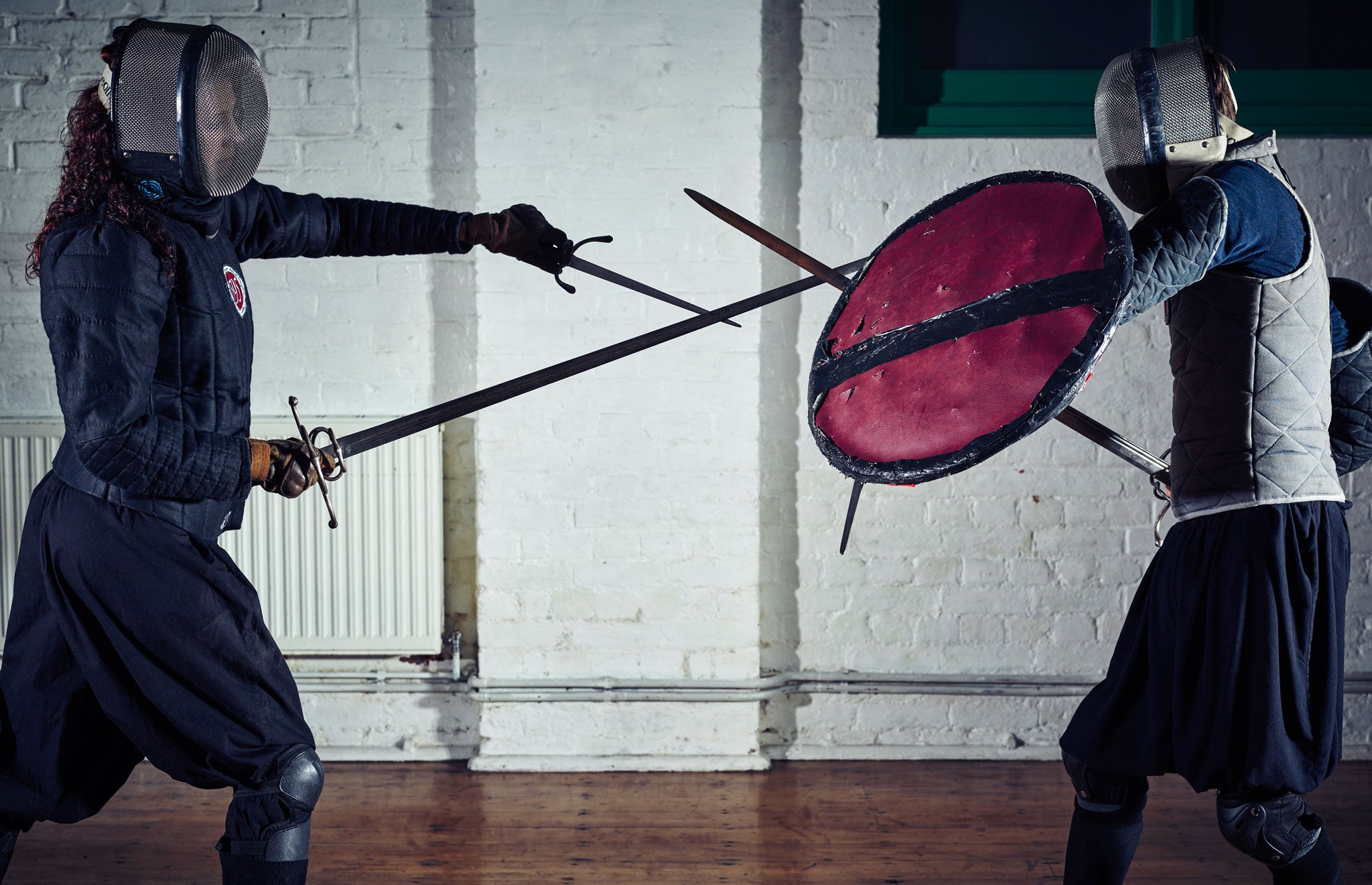
Your support helps us to tell the story
From reproductive rights to climate change to Big Tech, The Independent is on the ground when the story is developing. Whether it's investigating the financials of Elon Musk's pro-Trump PAC or producing our latest documentary, 'The A Word', which shines a light on the American women fighting for reproductive rights, we know how important it is to parse out the facts from the messaging.
At such a critical moment in US history, we need reporters on the ground. Your donation allows us to keep sending journalists to speak to both sides of the story.
The Independent is trusted by Americans across the entire political spectrum. And unlike many other quality news outlets, we choose not to lock Americans out of our reporting and analysis with paywalls. We believe quality journalism should be available to everyone, paid for by those who can afford it.
Your support makes all the difference.It's a cold winter evening in Pimlico, central London, and I am standing in a warm and spacious hall, and, it would appear, a battlefield. Everywhere I look, duels are being fought between 21st-century knights with walking sticks. The scene is initially slightly comic, as if the cast of Monty Python and the Holy Grail has raided the nearest nursing home.
Yet the urge to chuckle is countered by the intensity of the mood and purposeful violence of the movements. Canes are slashed across throats, legs kicked to knock opponents off balance. While many combatants have a beard in varying degrees of fulsomeness, three women more than hold their own.
When long, heavy swords are brought out a few minutes later, the clack of wood on wood is replaced by the sharp clatter of steel. I find myself eyeing the nearest exit. Then a tall figure in black and burgundy body armour approaches, sabre in hand, and asks whether I would like to take up arms. The question sounds eerily like a command. Trembling, I find it hard to say no.
Welcome to the 1595 Club. As its name suggests, the club teaches a martial-arts system dating back to the 16th century. Inspired by the Italian-born master-fencer Vincentio Saviolo, the combination of fencing, self-defence and keep-fit can be adapted to swords, sword and dagger, cane and unarmed combat.
The 14 students present are bonded by a love of history, sense of humour and, for want of a better word, honour. The club's "philosophy of respect and goodwill" is espoused by Saviolo himself: "The more skill a man hath of his weapon, the more gentle and curteous should he shewe himselfe…"
The motto ends with an edict for a "Gentleman… to know himselfe", a quest that strikes a chord with Chris Chatfield, 1595's founder and master-of-arms. "They say that you can learn more about someone by fencing with them for five minutes than by marrying them," he says. In this context, Chatfield is the 1595 Club personified. His background in competitive fencing and boxing can be seen in his footwear and footwork. He fights with the authority of an expert, someone who relishes coming up with creative ways to outwit an opponent. "Chris can punch through a brick wall with his hands," one of his students tells me later. "Can and does," another adds. "Home demolition services."
"I see [the 1595] as an art, not a sport," the quietly spoken Chatfield tells me. "The old Italian word for swordsman is giocatore – a player, not of a game, but of a musical instrument. You learn to use your body like an instrument. The sword is like a paintbrush."
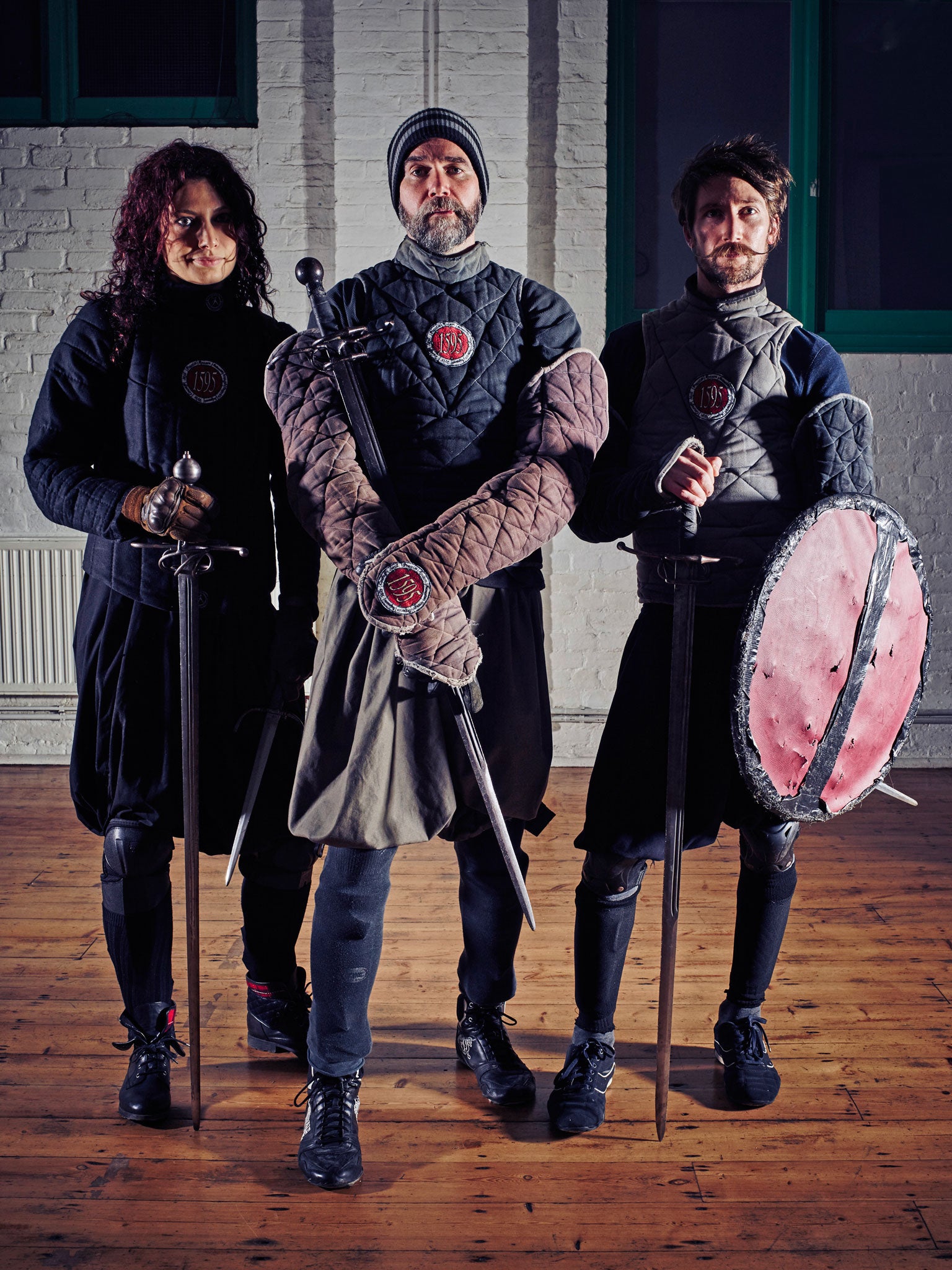
The club as a whole is made in his elegant, chappish image. Among his students, Ben is a doctor at the Royal Free Hospital, Chiara is a radiographer, Matt works for an environmental charity and Steph is an ecologist at the Natural History Museum. There's a strong contingent of web designers and tech wizards.
Learning and fun are prioritised over competitiveness, which Ben says contrasts with the hierarchies and machismo of the kung fu clubs he once joined. "A lot of the guys here are ex-fencers, steampunk-history geeks or martial artists. It's much better than having loads of psychos." Chatfield adds, evenly: "The nutters don't last very long."
Although most of the students are male, there is a trio of female 1595ers who happily take on all-comers. For Chiara, a martial-arts novice when Ben introduced her to the club, the technique levels the playing field "regardless of body shape or gender. You can hold your own against a male fencer. The club is not full of macho egos." Steph, by contrast, was steeped in martial-arts experience, but, having studied several eastern forms, wanted to uncover a European tradition.
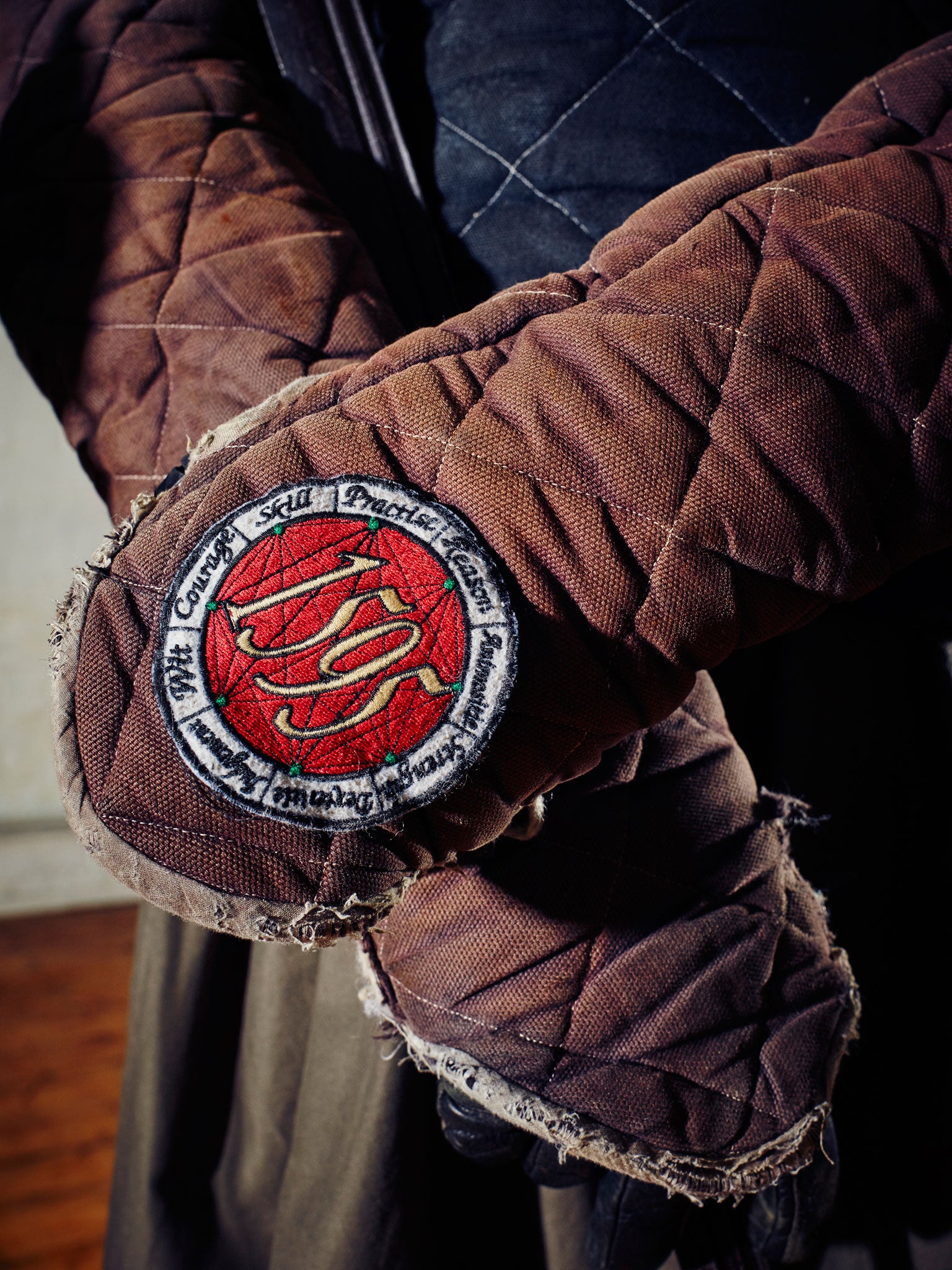
Founded in Brighton in 2002, the 1595 is essentially a collaboration between two men born almost 500 years apart. While Chatfield represents the living and breathing 21st century, Saviolo was born in Padua, in northern Italy, around 1550. Having fought in various campaigns across Europe, he arrived in London in 1587. Four years later, he established a salle at Ludgate Hill in the City of London, advocating an Italian style of fencing in vogue at the time.
Our knowledge of this technique is found in what amounts to an advertising brochure, Vincentio Saviolo: His Practise, in Two Bookes, written in 1595 by John Florio. Florio may well have known Shakespeare via Henry Wriothesley, Earl of Southampton, the playwright's patron and possible lover. This may explain why phrases from Florio's text can be found in As You Like It and, more strikingly, Romeo and Juliet. The duel between Mercutio and Tybalt is narrated through Saviolo's instructions: "…with one hand beats/ Cold death aside, and with the other sends/It back to Tybalt, whose dexterity/Retorts it…"
The treatise provides only fragments of Saviolo's technique – you had to attend his salle to feel the full force. Chatfield had to join the dots himself, reconstructing what effect one small adjustment in footwork might have in combat. This act of martial scholarship excited Luca, an Italian 1595er who praises "the charm of a discipline which has been basically lost in time and is coming back".
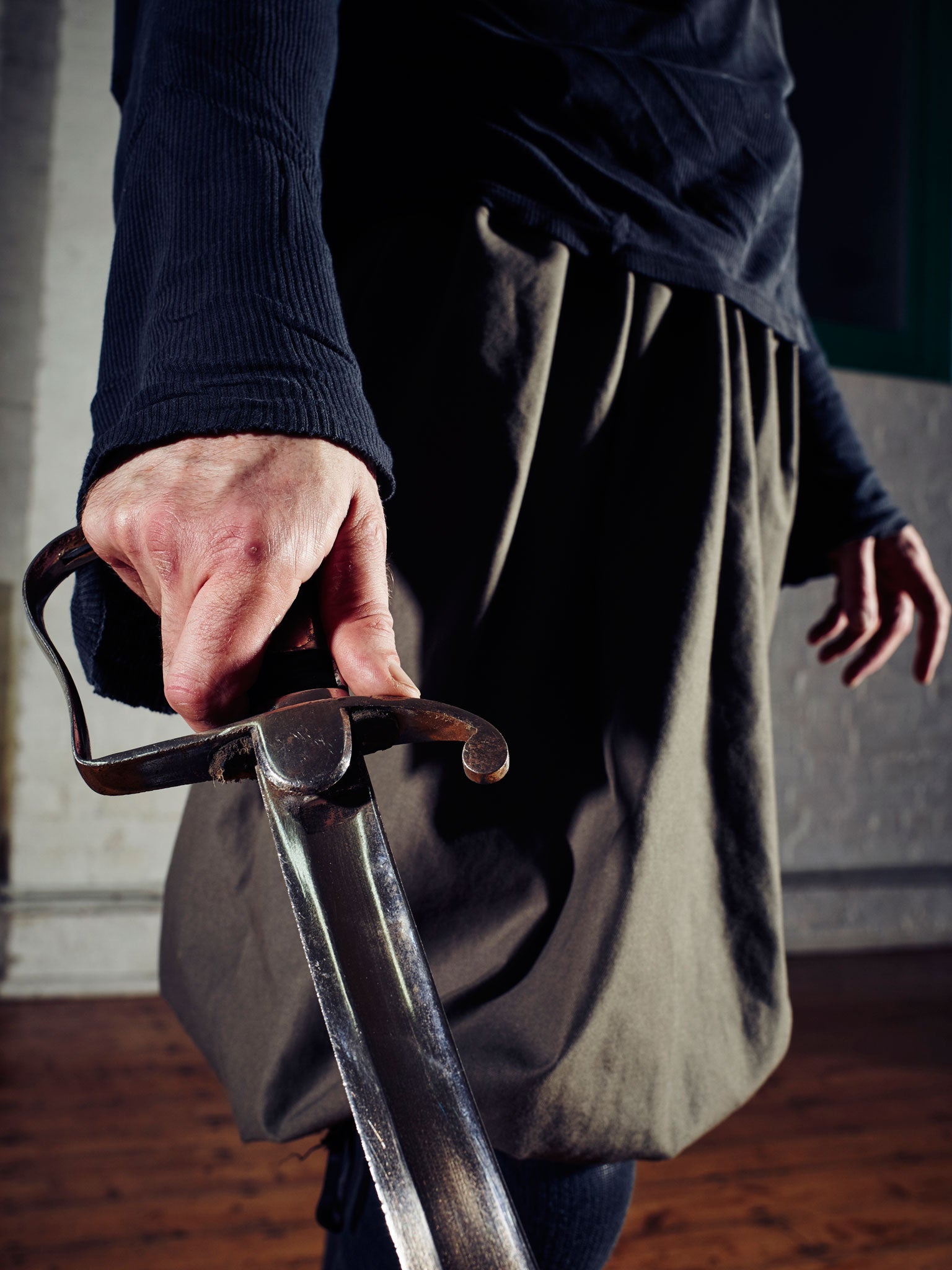
It was Saviolo's "humanity" and commitment to peacefulness that won Chatfield over. "His main point is that you should behave well, and do everything you can to avoid a fight. If you have to fight, do everything you can to win it. There are only two reasons to draw your sword: to defend your life and your prince."
In modern parlance, this equates to "Talk. Smile. Run. Fight" – Chatfield's manifesto should someone threaten your person. He warns that even mastering Saviolo's practice can't guarantee success when faced with a real-life assailant. "You should never give someone false hope. You have to be realistic."
Witnessed in the flesh, Saviolo's martial art appears a graceful, fluid mix of fencing and kickboxing. The mood is light-hearted, at least to begin. But as Chatfield leads the club through a series of punches, kicks and stretches, the atmosphere intensifies. Breathing becomes heavier. Sweat appears on shirts. The lessons proper, which Chatfield demonstrates with Matt, are practised, repeated and refined.
Though Ben describes its appeal as, "It's keep-fit, it's niche, no one does it," the historical context adds intellectual richness, and Dan, who forgot his training shoes but not his bandana, admits to a certain aesthetic charm: "I think this crowd are quite enabling when it comes to any sort of dandyism."
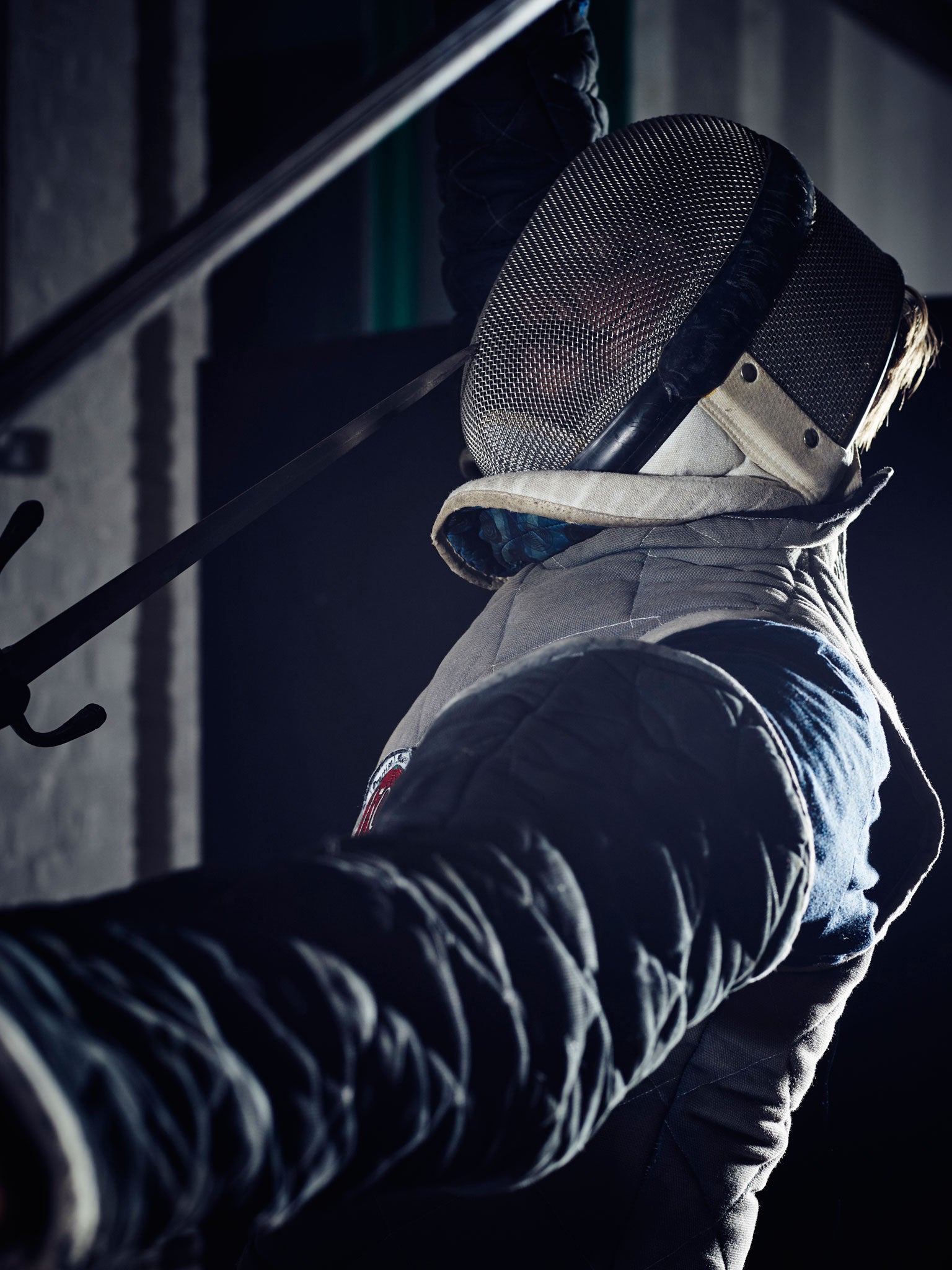
While eccentricity is embraced, so, too, is the dedication required to achieve even moderate skill. And dedicated to the art they are. "We draw people in," Chiara says. "People bring friends along. There's a real camaraderie." Indeed, there is an annual meeting of the 1595's various salles, which extend to Ireland and Italy.
What are the benefits of following Saviolo? For Chatfield, the values are more than skin-deep: "As with all martial arts, one thing you can get is self-confidence. Self-confidence gives you the idea to be kinder." Ben, meanwhile, offers a medical perspective: "From a keep-fit point of view, it's pretty good. The unarmed part is really quite hard. The swordfighting is a mix of cardiovascular and muscular strength work."
For those thinking of having a go, there are risks: bruises are inevitable; progress requires sustained commitment. Do you need anything else? "Facial hair," Chatfield says. 'You will grow a moustache and beard." "It's a requirement," adds Dan. You have been warned.
To get involved: the1595.com
Join our commenting forum
Join thought-provoking conversations, follow other Independent readers and see their replies
Comments